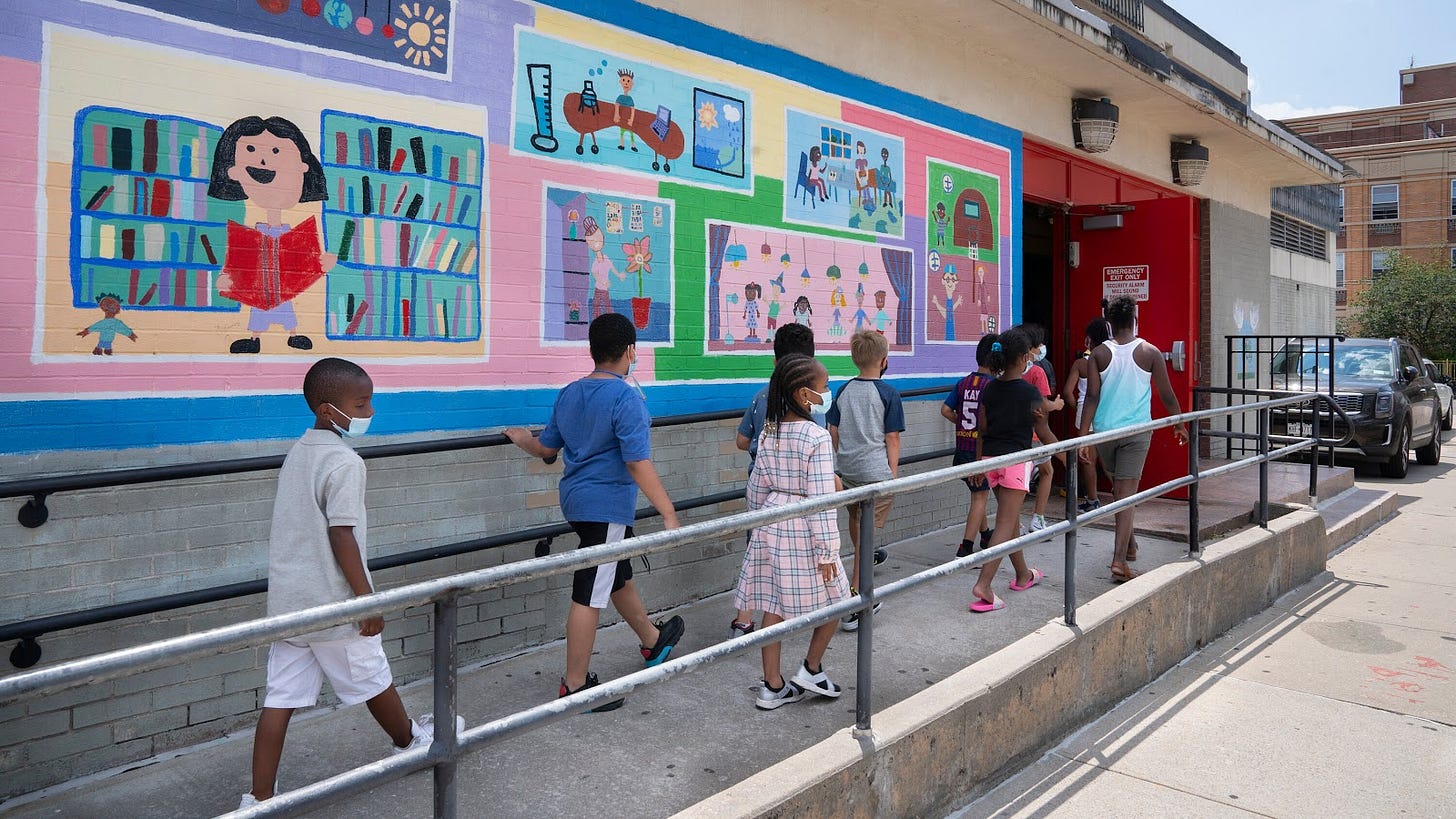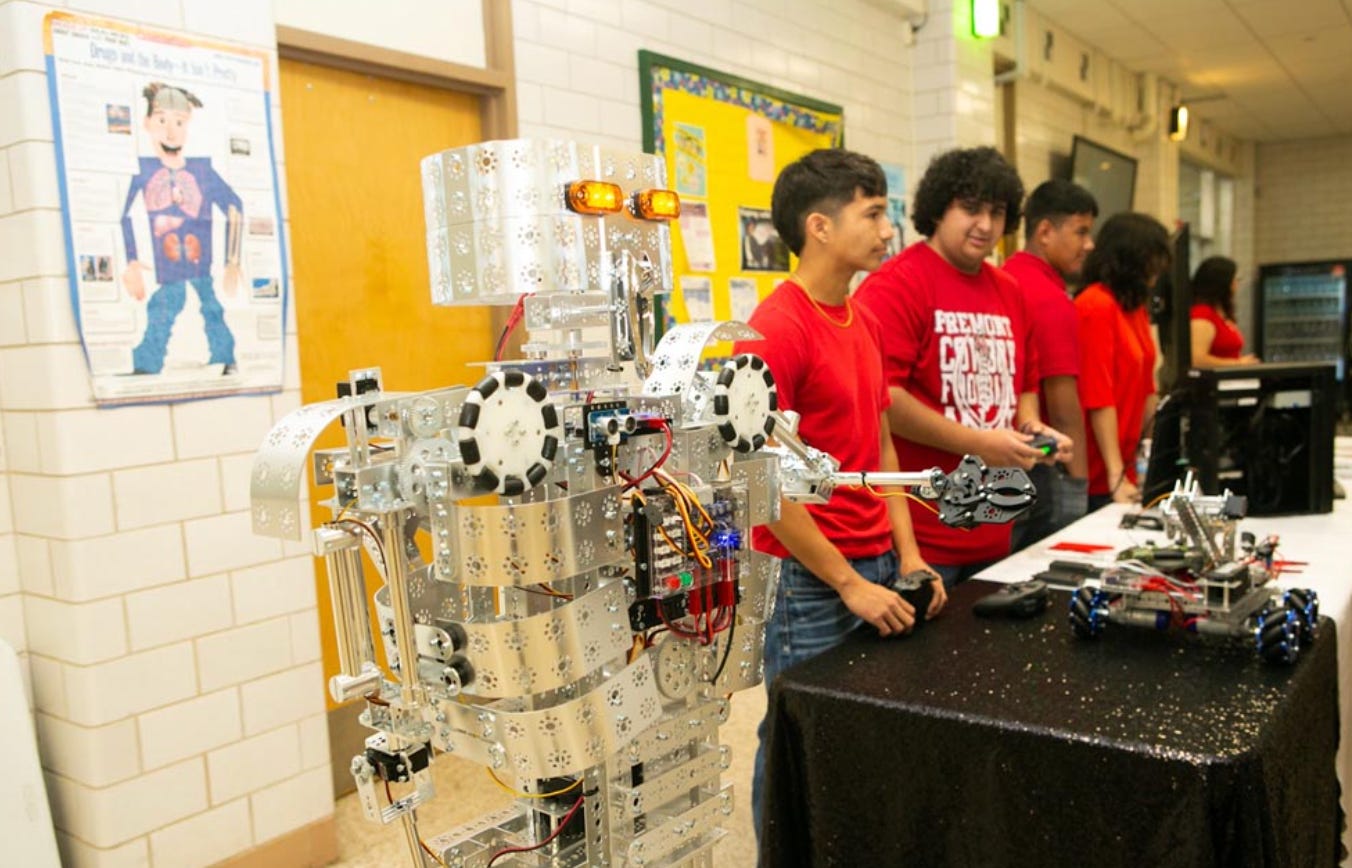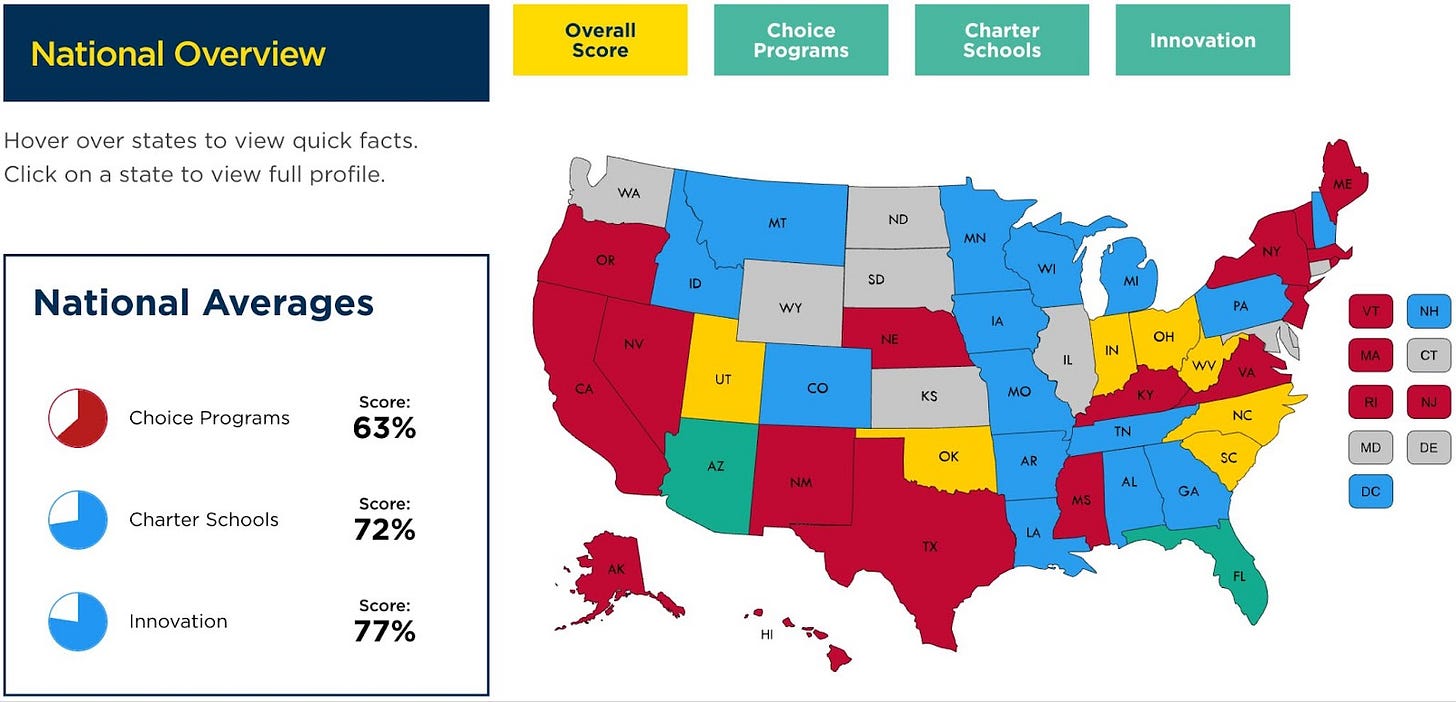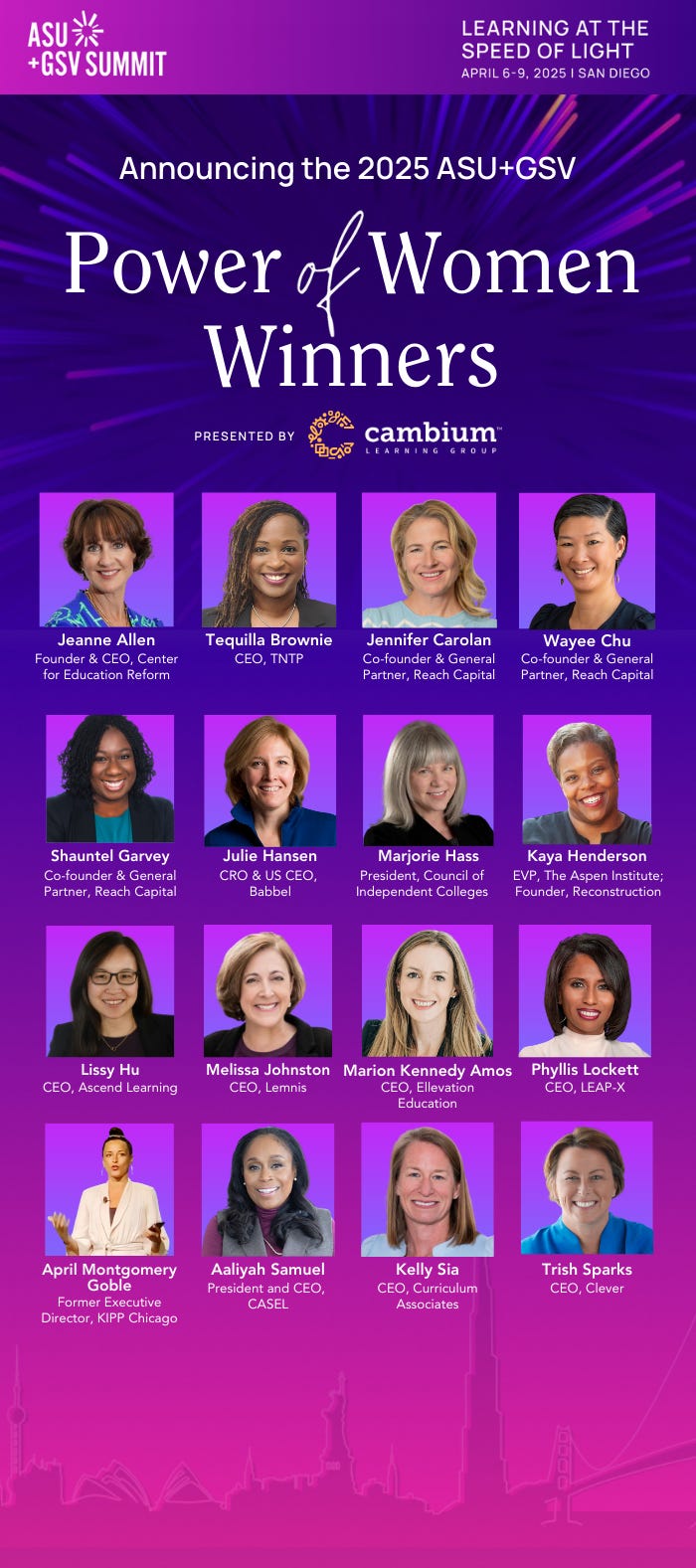The Blossoming of Great Ideas
It's No Joke.
Hope you weren’t fooled by a prank or two yesterday. I deliberately avoided writing you to ensure that no one might say, “Wait, is that a joke?,” because some of of the education stories seem that way sometimes (see story about Hope Ranch below).
But before I get down to business, did you know that one of the reported origins of April Fool’s Day dates back to the 16th century?
“‘Whatever its origin, the first time there was clear documented reference to the day was in 1561 when the Flemish writer Eduard De Dene wrote in his poem about a nobleman sending his servant on pointless tasks, according to the Library of Congress. The servant soon realizes that he has been ‘sent on ‘fool’s errands’ because it’s April 1,’ the library states.’”
This and other origin theories can be found in this informative AP story.
Playing the Fool
People the world over marked Covid’s 5th anniversary in March, as stories looked back on the hardships and the bungling of education. It’s hard to ignore headlines that validate what many of us were saying long ago: that learning loss and mental health issues have worsened, not rebounded. Even the Washington Post.
Who can look at the dismal national assessment, combined with a record $190 billion of allocated federal funds (of which all but 2% had been expended), and say the response was anything but a disaster?
But now, 5 years later, districts are claiming that cutting the final payments they had anticipated drawing down will cause catastrophic results. This week Education Secretary Linda McMahon announced the faucet was being turned off after the March 30 extension to utilize the funding had passed (at least the 3rd such extension).
Yes, that’s right, 5 years later, with no benefit to children save for in comparably few communities and sectors, some state officials who didn’t succeed are condemning the move, arguing they had already in effect spent those funds. The Department has offered to review the expenditure requests on a case by case basis, to ensure that funds are being used on high impact efforts for students, and not just some of the fluff of reimbursement requests evidently that were in the works, such as a reported $1 million for “glow balls.” Makes sense.
The nation played the fool for years, assuming being given thousands more per student would ensure the best programs and people helped get our kids out of the hole. They didn’t. It’s over. No more failure. No more fooling around.
Start Your Engines!
Here’s a far better idea than that. The US Department of Education announced on March 31, that, as a result of the President’s Executive Order directing Education, HHS and Defense Secretaries to identify ways to use formula funds to support parent choices, that Title 1 funds intended to support disadvantaged youth are now permitted to follow families! It’s a great step, though will depend largely on whether state executives - e.g. Governors - and/or school districts are willing to implement such a bold step of sharing the income districts typically get with Education providers delivering choices to parents. Here’s the gist:
Bottom line, however, is that all important word - flexibility. Permitting states and communities to use funds differently rather than directing or prohibiting the flow of funds to organizations that serve students is a game changer and one that I predict even opponents will embrace some day. Vroom, vroom!
We Know What Works
From New York Times Columnist Jessica Grose comes a thoughtful piece today about proposals to lower state benchmarks and skepticism about potential cuts to NAEP which would curtail the significant measurements it takes. Grose’s main point concerns how we know what works if we cannot measure it. As the field likes to say - what gets measured, gets met. Normally. Sort of. It depends on the measurement, which in many states has been relatively benign.
She also makes a great point about those who get it right, which, in light of the story on this page about the whole of education’s pathetic response to Covid era learning loss (which actually started pre-Covid) despite the dough rolling in, bears repeating:
“What all three of these bright spots have in common is that they are embracing the basics that we already know work well: identify struggling readers before third grade, and give them extra support.”
Yep. And how about just starting with great and direct reading instruction from the earliest days to being with?
The News in 10?
Subscribe to our latest project, Edreform in 10, for and by people who are motivated to take action and accelerate innovation and impact in the learning ecosystem. Follow for news and insights you won’t hear anywhere else! Episode 1 about closing the Ed Dept and people’s varied responses is linked below.
Episode 2 coming this Friday is one of those stories one should never have to tell. Hope Ranch Learning CEO Jose Suarez tells how for no apparent reason and despite no special education funding cuts, the district cut off their funding for therapeutic services for neurodivergent students. Not funny, folks.
Spring Has Sprung in More Ways Than One
From local to national, education leaders who put kids first and ignore the tempting political hand-wringing are making waves, coast to coast, as are policy gains:
The CER team visited the Rural Schools Innovation Zone in Fremont, TX, a 2024 Yass Prize finalist, which finally is getting the state and local recognition they deserve. Students from the unique five-district collaborative can gain real-world experiences and dual-enrollment opportunities in a variety of careers, and both concrete and soft skills that set them up for a strong future. From welding, HVAC and construction workshops, to the state-of-the-art Next Generation Medical Academy, and the high-tech STEM Discovery Zone equipped with robots and drones, these academies are the epitome of transformational learning.
A new report about the extent to which choice is growing is incredibly exciting. According to Jason Bedrick writing in The Daily Signal,
“Nationwide, nearly 30% of students are currently eligible for some form of publicly funded private school choice, including K-12 education savings accounts and school vouchers. If we include tax credit scholarship policies, which create an incentive for taxpayers to contribute to nonprofit school choice scholarship organizations, then about 39% of students are eligible for private school choice. If New Hampshire, North Dakota, and Texas adopt universal school choice, more than 52% of K-12 students nationwide will be eligible.”
And while increasing numbers of students are eligible, the problem is they don’t have access. That is something the Parent Power! Index (PPI) makes apparent. PPI doesn’t just cheer the addition of education opportunity but gauges how much a state provides for that opportunity. You can say everyone is eligible for example, but it doesn’t make it universal. Access is as important as eligibility and access requires that real money - the education funding allocated - follows the kids.
The Speed of Light
Next week I’m joining members of our dynamic team at the annual ASU+GSV Summit, a big, eclectic, and emerging array of impactful people and programming with promising outcomes that never disappoints. I’m also excited and flattered to be among some incredibly talented, smart and beautiful women in receiving the annual Power of Women Award.
Follow along with me and CER on X. And if you’re at the event, come see us at our Booth Number 241 of the Seaport Foyer near Stage X and pick up some cool swag! Let’s also meet at Karaoke! 😎
Thanks for reading. Keep those cards and letters coming! - Jeanne







